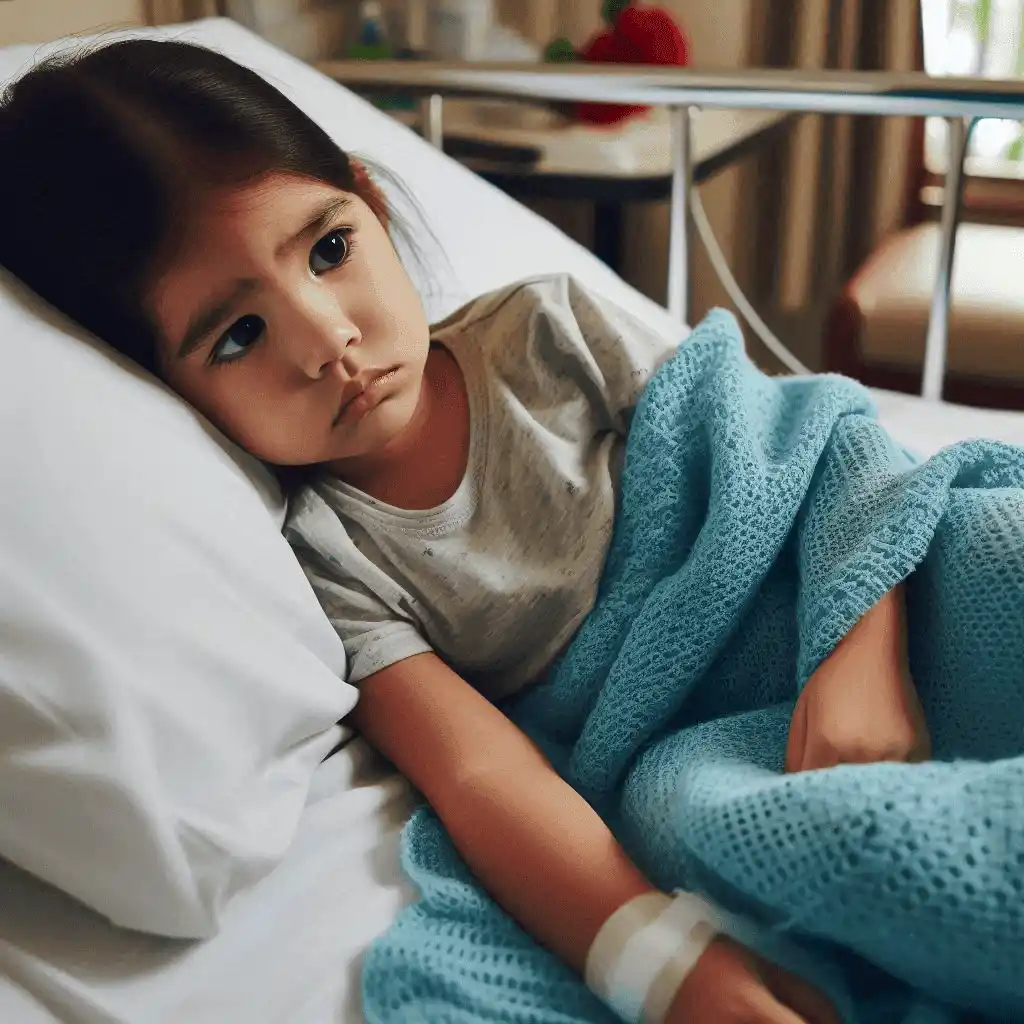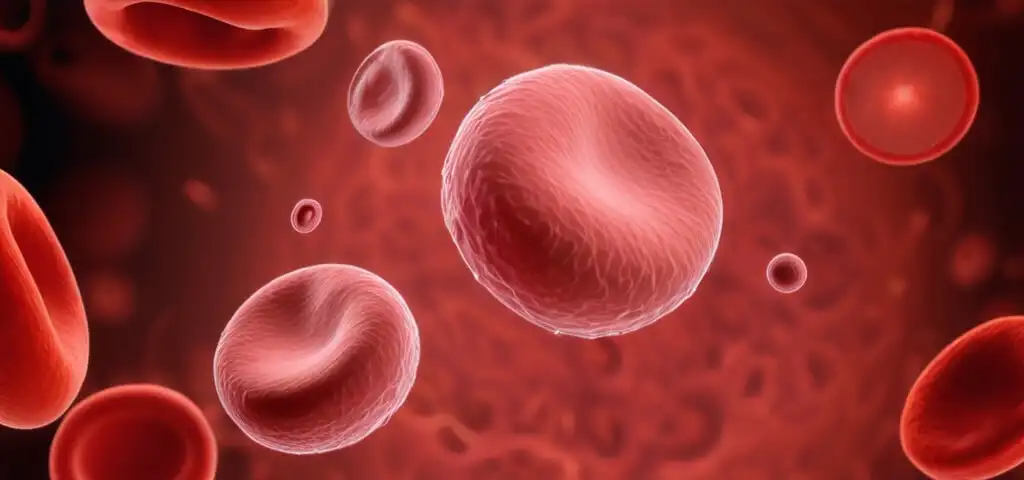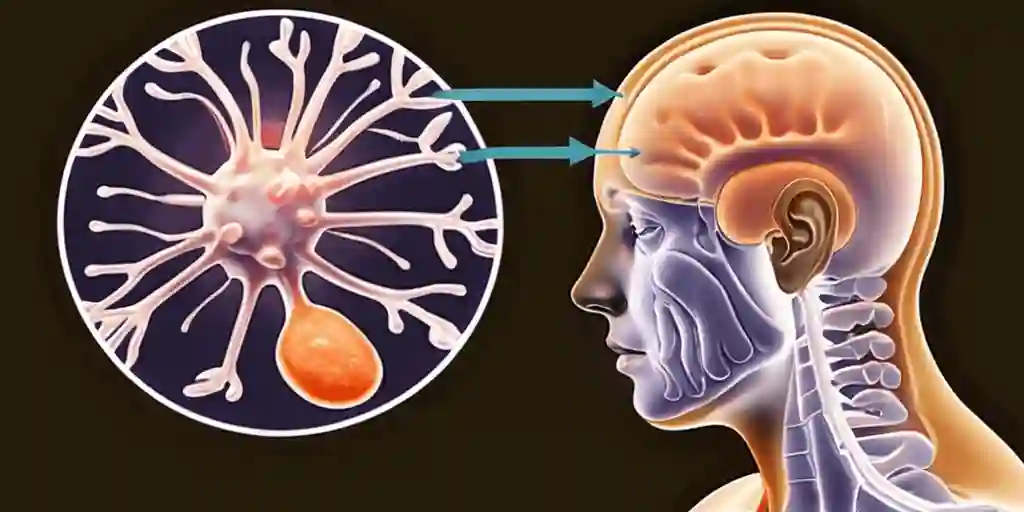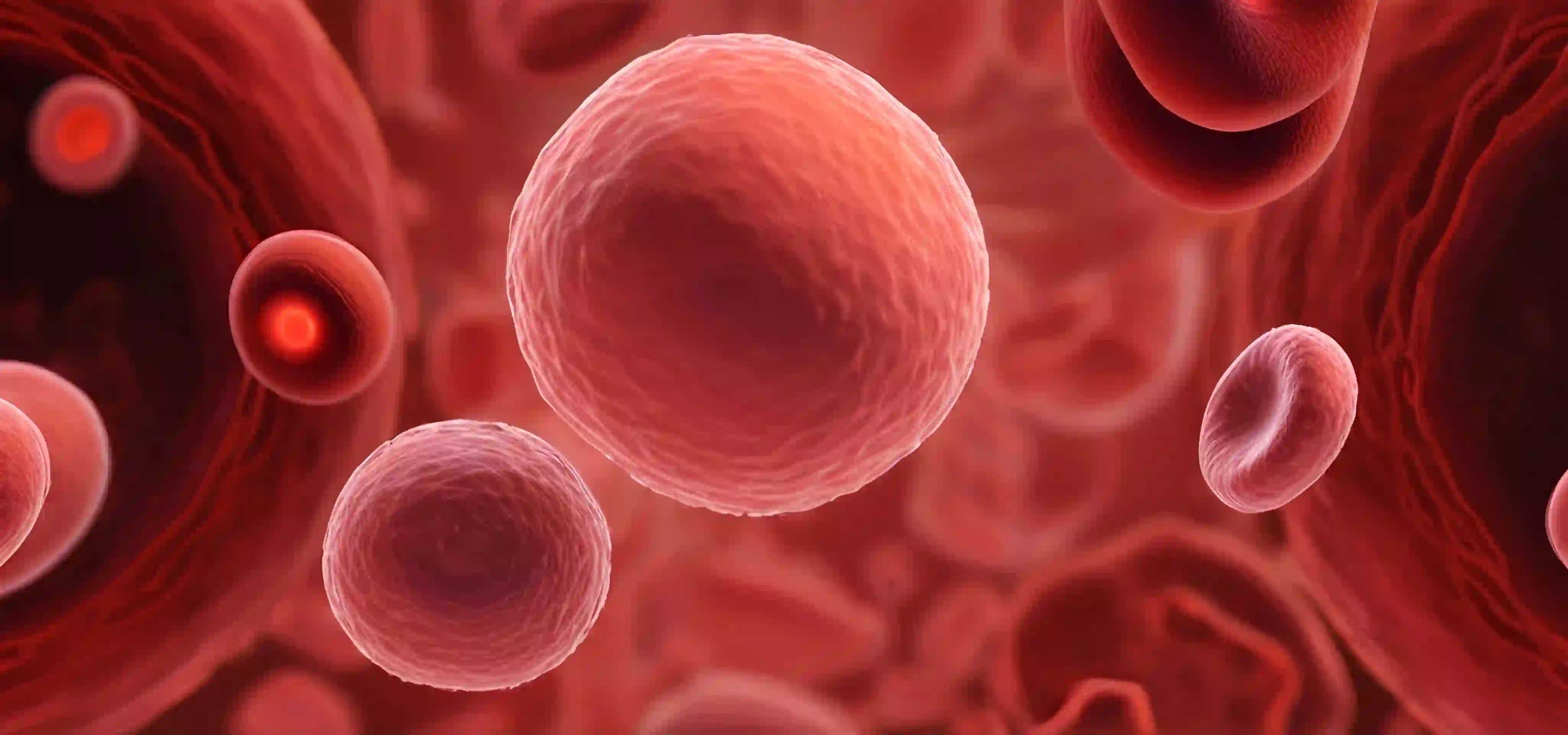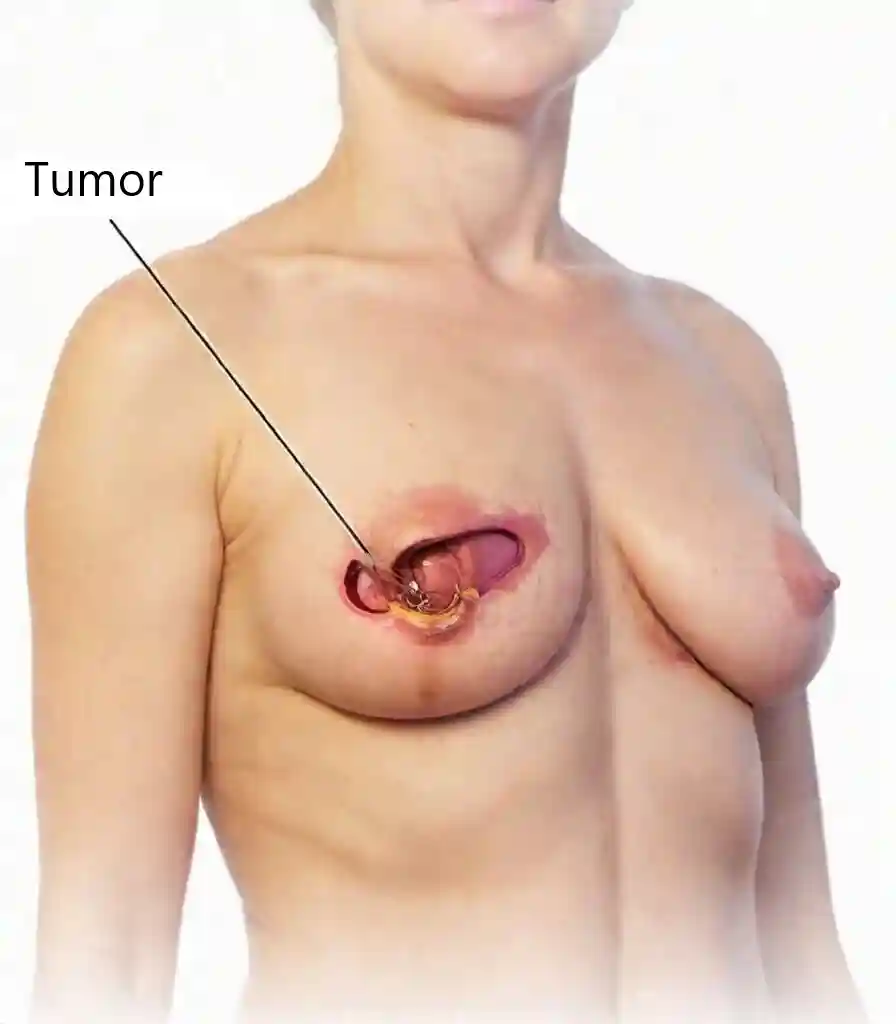
Last updated: February 24, 2025
15 mins read
What is Child Cancer Awareness?
September every year is dedicated to the Month of Childhood Cancer Awareness (CCAM) and now 2025 CCAM is on the verge to raise awareness on childhood Cancer. This year, CCAM is observed with the theme: HELP RAISE THE CANCER CHILD AND KILL CHILDHOOD CANCER.By shedding light on the impact and the realities of child cancer, parents and the community are encouraged to take action. The pros here is that, child cancer is treatable and numerous effective treatment methods do exist. Let's come together and drive the stigma and guilt associated with child cancer.
It's not your fault if your child is diagnosed of cancer, since genetic anomalies and family history can lead to this condition of your child. Cancer awareness and education are the key to early detection and treatment. Help drive the cancer child to a positive outcome. Parents with cancer babies are encouraged to provide support (physical, emotional and psychologically) as they thrive and survive. There are also support systems out there to help parents financially and medically in their journey.
What is Childhood Cancer?
Childhood cancers or pediatric cancers are rare but could be dangerous when acquired. Childhood cancer refers to cancer that occur in children from birth to age 14. Childhood cancers present differently in response to treatment, growth rate and spread, unlike adult cancers, they are typed specific which is more prevalent among infants. Leukemiaaccount the most common type of all childhood cancers, they are, Acute myeloid leukemia (AML)and Acute lymphocytic leukemia (ALL)which are cancers of the blood. They affect the blood cell and destruct the body's response to immunity unless otherwise. Other common childhood cancers include Brain tumors, Neuroblastoma(affecting the nerve cells), Retinoblastoma(affecting the eye), Wills Tumor(found in the kidneys), among others. The exact causes for childhood cancer is not understood but scientists have developed theories to explain and support its treatment.
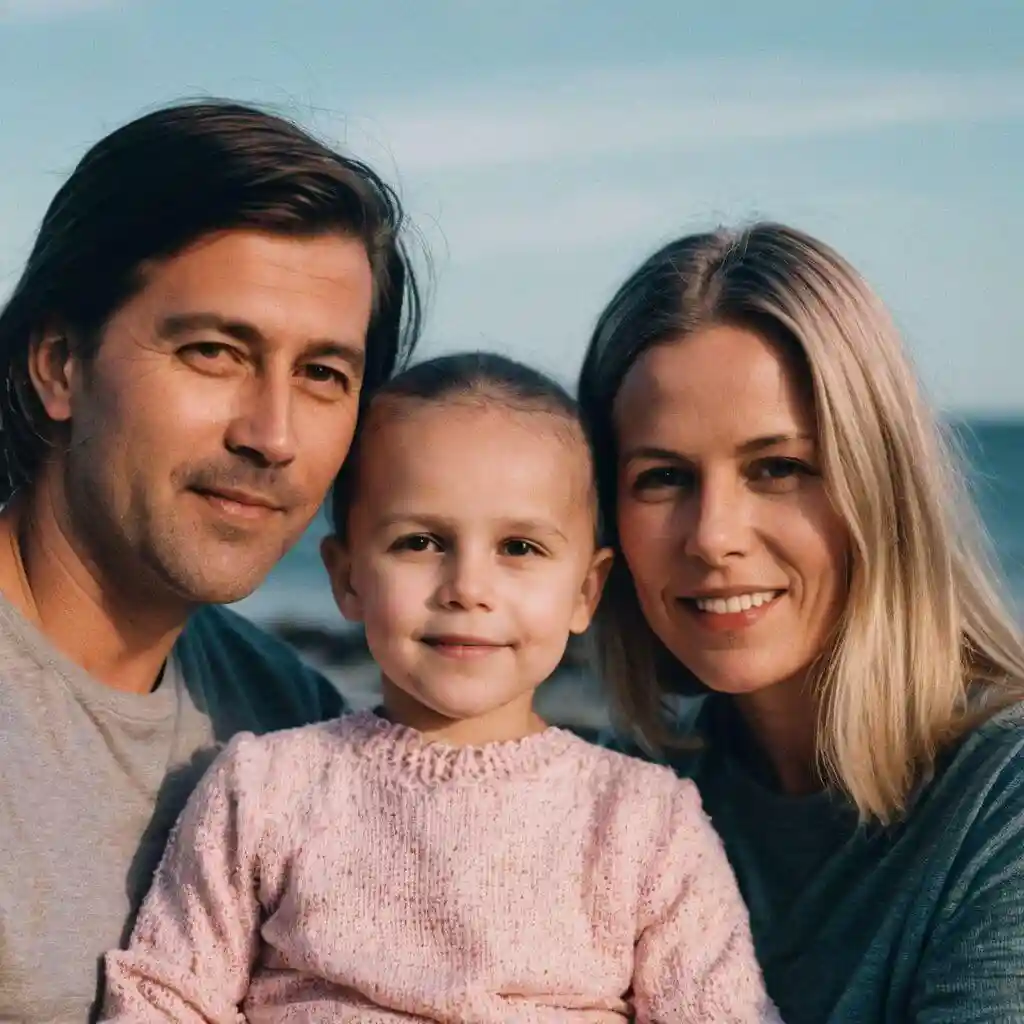
Childhood Cancer
Some Facts & Statistics on CCAM
The prevalence of childhood cancers varies by age, ranging from 0 to 14 years with the highest reported children under age five.
About, approximately 400 000 children and adolescents develop cancer worldwide.
The leading cause of disease related deaths among children and adolescents remains cancer with leukemia the highest.
About, approximately 85% of children diagnosed with cancer survive and thrive
advertisement
Common Signs and Symptoms
- Unexplained weight loss
- Persistent headaches with or without vomiting
- Swelling in the child abdomen, bones, limbs, joints or back
- Lump or mass, especially in your child's abdomen, neck, chest, pelvis or armpits.
- Persistent infections
- A whitish color behind the pupil of your child's eyes
- Sudden and persist eye or vision changes
You may also like: What is Leukemia, causes, signs and symptoms, management & prevention
Importance of Early Detection, Diagnosis and Treatment options
To significantly improve childhood cancer, early detection and diagnosis is a key component in the treatment. Caregivers and parents should be observant about any unusual changes and behaviors in the child's development process and consult a physician or health professional as soon as possible. Some treatment options available includes the following which depend on several factors and type of cancer involving as well as the child age.
Treatment options includes
- Chemotherapy: This is the use of drugs to kill cancer cells which is also commonly used across various types of childhood cancers.
- Surgery: This involves removing cancers cells or the entire tumor.
- Radiation Therapy: using radiant (high-energy rays) to kill cancer cells, typically used for brain tumors and localized cancers.
advertisement
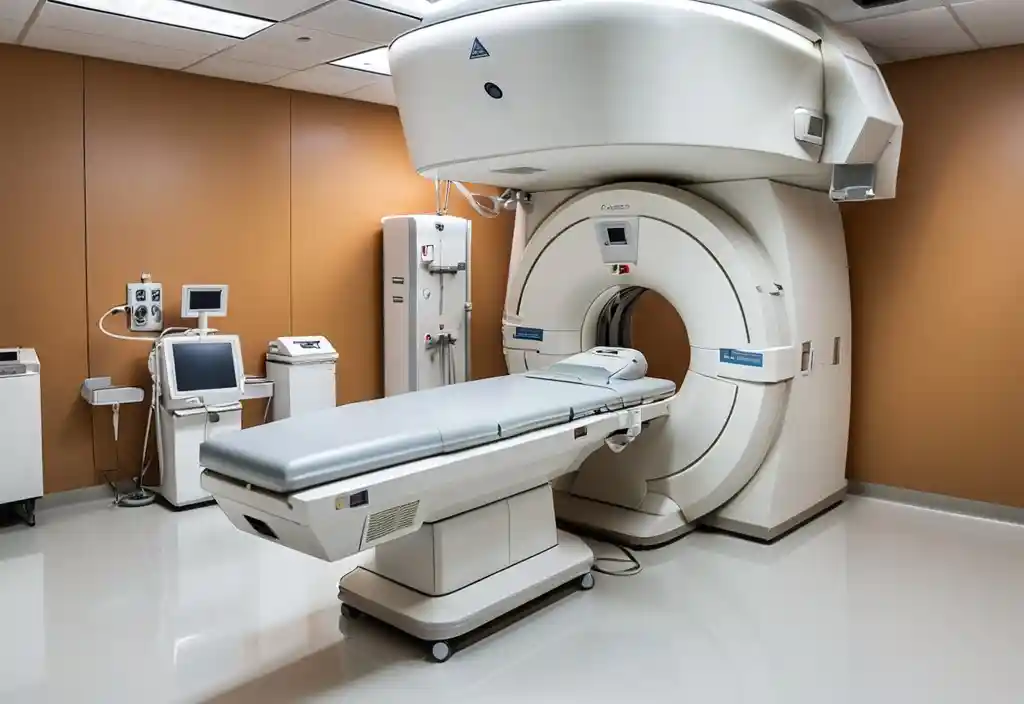
Radiation Therapy for Cancer Treatment
Help Options and Donations
There are a lot of Fundraising opportunities, groups and foundations available to help and support families and communities affected by childhood cancer.
Communities and societies can participate or organize events to offer support for families and affected individuals. Offering emotional and psychological support for affected individuals and families also helps understand their journey and thrive. The world nowadays is driven by technology, hence, utilizing social media can help spread CCAM and create awareness for support. Lastly, contributing to reputable charities and foundations who aim at childhood cancer awareness and research could also help the risk population to overcome lifelong challenges and burden to improve their overall health and wellbeing.
advertisement
